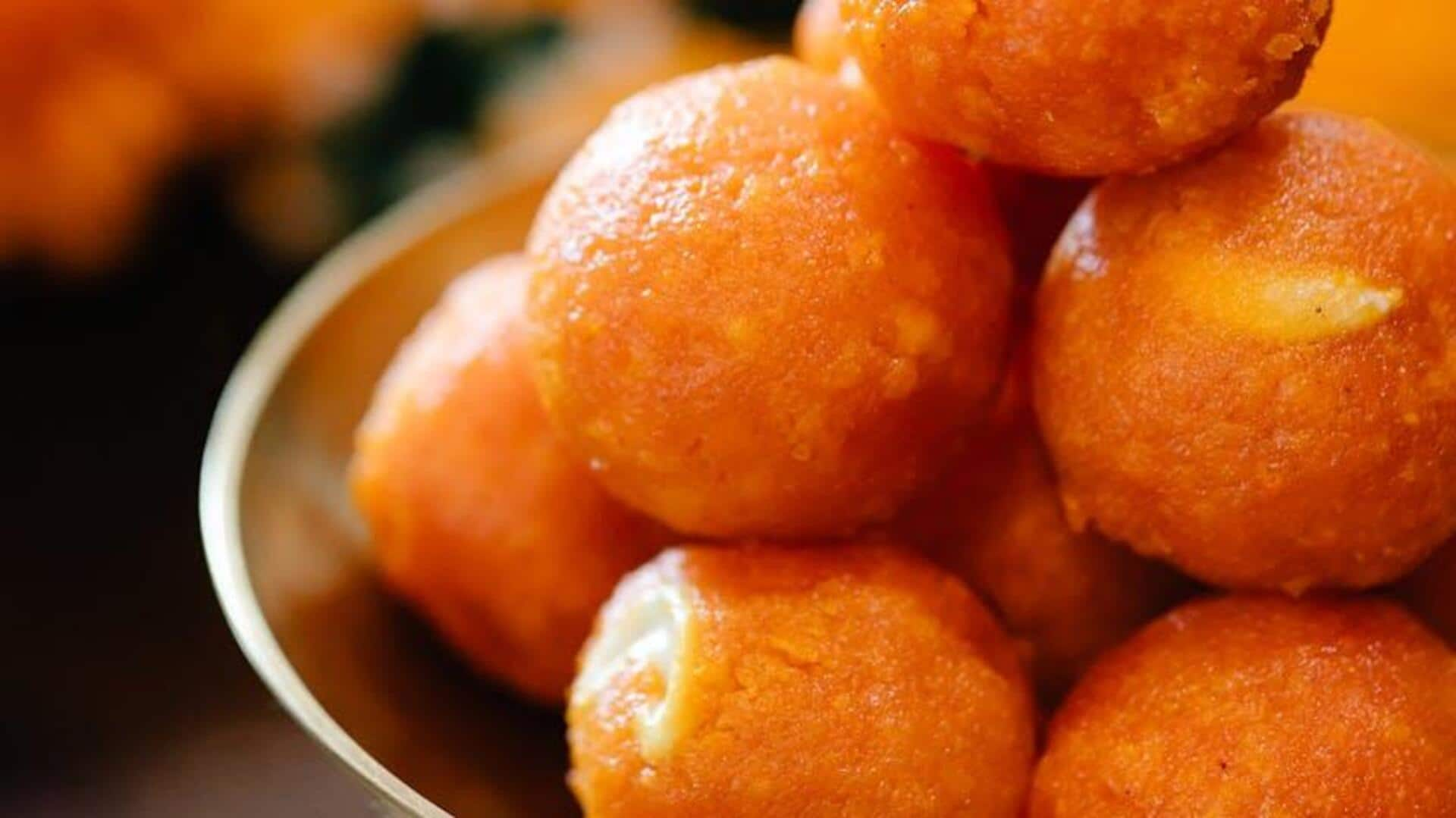
The timeless tale of ladoos through generations
What's the story
Ladoos, the quintessential Indian sweet, have been a staple in cultural/festive celebrations for generations. These round delights are prepared from different ingredients (like gram flour, semolina, or coconut), mixed with sugar and ghee. Each region in India has its own unique version of ladoo, showcasing local flavors and traditions. Let's take a fascinating journey through time with ladoos, exploring their origins, variations, cultural significance, and modern adaptations.
Historical roots
Origins rooted in tradition
The history of ladoos goes way back to ancient India, where they were used as medicinal concoctions by Ayurvedic practitioners. Prepared with ingredients believed to boost health and immunity, these sweets weren't just treats but also served a purpose. Gradually, they became popular as offerings during ceremonies.
Diverse flavors
Regional variations across India
India's rich culture is evident in the numerous forms of ladoos we see all over the country. In North India, gram flour-based besan ladoo rules during festivals such as Diwali. South India's coconut-centric narikol ladoo is a staple during Onam festivities. Each region has its own spin with local ingredients such as jaggery or dry fruits.
Festive importance
Cultural significance in celebrations
An all-time favorite, ladoos are the heart and soul of every American festival and ceremony. They are carefully prepared as prasad for ceremonies, representing blessings and goodwill. The sweets are then distributed among attendees, bringing everyone together in joy. At weddings or childbirth celebrations, ladoos are distributed to share happiness and prosperity with friends and family members, making the events memorable.
Contemporary twists
Modern adaptations for health consciousness
With changing lifestyles and growing health consciousness among people today, we have seen the emergence of healthier versions, like oats or quinoa-based ladoos. These cater to modern dietary preferences while keeping the traditional flavors intact by using natural sweeteners like honey instead of refined sugar. This makes them perfect for those looking for nutritious alternatives without having to compromise on taste.